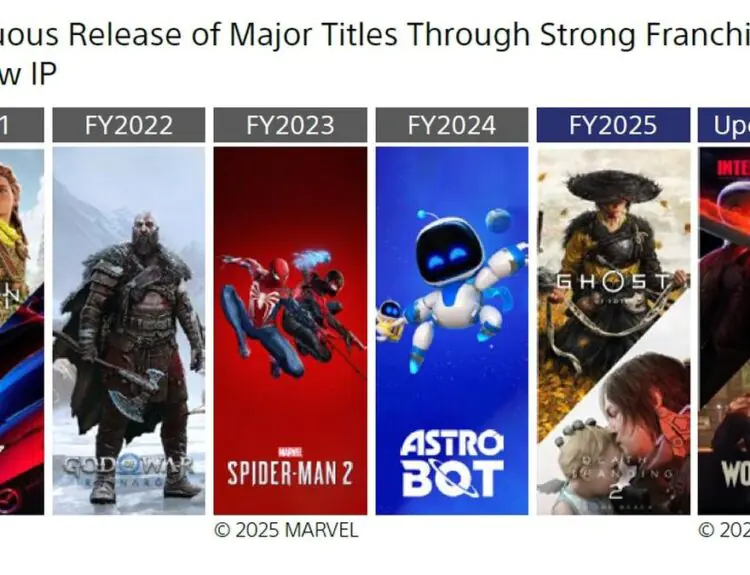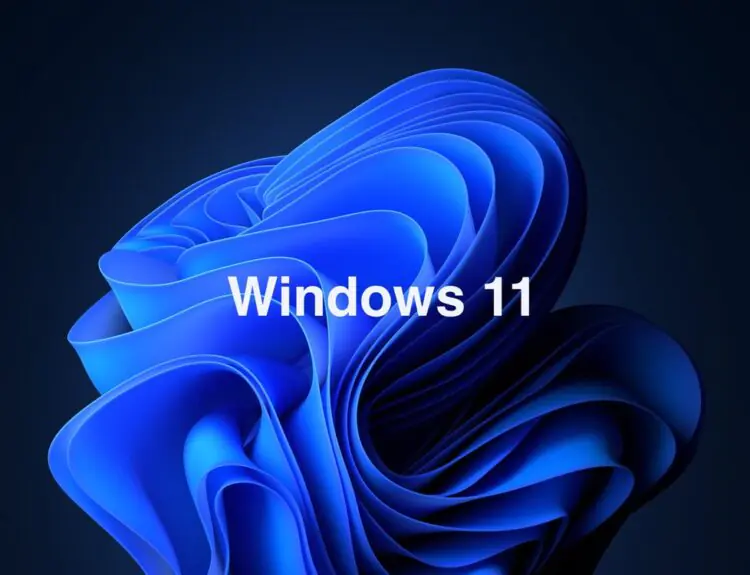If you’re tired of Valve’s gaming platform Steam being called ‘just another storefront’ while drawing comparisons to the Epic Game Store, you’re not alone. In 2019, Valve pushed the pedal to the metal when it comes to bringing even more functionality to the beloved platform, adding on to the copious amounts that were already present when the year started. It’s worth noting that the platform was perhaps growing stagnant prior to the Epic Game Store launching, and that may have offered Valve some impetus regarding bringing further functionality. Regardless, Steam continues to cement itself as far more than a storefront in the PC gaming industry, and other platforms are nowhere near catching up.
This list strives to be comprehensive in its scope; if there’s a feature we’ve missed that was released in 2019, let us know.
The 2019 Steam Winter Sale is starting soon!
Time to cozy up by the Yule Log and get into the festive spirit. ✨🔥✨https://t.co/3Tf47Em5mR#SteamWinterSale pic.twitter.com/v2KyJ9Uzxm
— Steam (@Steam) December 19, 2019
Social Features
2019 saw Steam getting a new overhaul of their social features that it desperately needed. This update allowed favoriting of certain friends on the Steam platform, letting users drag and drop other profiles to keep tabs on what they’re playing. Many titles have opted to take advantage of this rework, where the friend’s list will also update what’s going on in your friend’s games. Counter-Strike reports what you’re playing, and the current score, where Risk of Rain 2 reports the distance covered thus far in your current run. Small updates such as this allow you to know when’s a good time to reach out and partner up, without distracting them from the classic ‘Clutch or Kick’ dilemmas.
Friends that are partied with their friends are also reported, showing the party status as a group in your friend’s list. If they’re partied with entities not on your friend list, it displays the party status as ‘Friend X in a party with two others’. The parties are shown on your friends’ list as aggregated and separated from the rest of the group.
On top of your friends’ game status automatically reporting in the friends’ list, Steam also brought about an overhaul of their voice chat feature. It came out with a stumble, especially when compared to Discord, but gathering your friends together for a dungeon delve is now one of the easiest things you can do. For added convenience, you can also invite your friends into a group chat, which prominently hosts a voice chat channel for use.
Steam Remote Play
Remote Play came about in the June 13th update of Steam, that saw ‘In-Home Streaming’ replaced with ‘Remote Play Streaming’, allowing users to go anywhere with their library. It was an experimental foray into what eventually would lead to thousands of gamers playing at work on their cell phones, and simply wasn’t near the level of polish that many are experiencing today. It was, however, a brilliant step that companies in the past have attempted to make (like Nvidia’s Shield, that has since morphed into a home theater control) bringing games stuck at home everywhere.
Even if the game isn’t offered on Steam, you can link the executable to your Steam library as a ‘Non-Steam Game’ and play it using Steam’s software.
Steam Remote Play Together
On the back of Steam’s Remote Play, comes Remote Play Together. This tech allows your friends to join you on specific games, without them needing to purchase. They’re streaming what you see, and that allows them to control the character. Some titles keep all the action on one screen, party titles like Stick Fight: The Game. Other titles branch into split-screen when you bring your friend aboard for some cooperative play, such as Human Fall Flat.
Your friends can play with you anywhere, too, whether they’re at work on their phone, or at home on their PC. It’s a blessing for those who want to experience more goofy titles on Steam, yet your friends are hesitant to spend their paychecks on five hours of fun. I’ve tested the Remote Play Together extensively and generally found it to be surprisingly playable, even in games requiring lightning-fast reflexes like Move or Die.
The only hiccup is if you’re not getting decent data reception where you’re at, such as on a train or in a warehouse, your delays will make it near unplayable on titles that demand speed. That’s arguably far more an issue of cellular networks, and out of the hands of Steam. For being localized entirely on one person PC, it’s beyond impressive for the older generations to admire. Millisecond input delay, sharing titles with others, and them being able to play anywhere.
Steam Lab’s
Some may argue the place of Steam Labs on this list, as it’s not entirely about making PC gaming stronger. It has been added due to the usage of Steam Labs allowing indie titles that never received their share of the spotlight to be found by users of the platform, along with larger titles that may have been temporarily discarded in favor of a better shiny title. Steam Labs is about Valve’s developers coming up with an idea, and then letting everyone see the result. They typically center around machine learning and letting users discover new titles that have previously escaped their vision.
Regarding consumers being matched with their next game addiction, and developers that may have released at inopportune times getting a second chance, these experiments are a healthy addition to the PC gaming scene. There are currently six ‘Active Experiments’ that users can tinker with and share their feedback directly with the developers of the experiments. It’s a brilliant place to learn more about titles that you would otherwise skip, and to step outside of your comfort zone just a bit. Discoverability is vital for smaller studios to turn a buck on their games and enables them to compete against more massive titles that easily outspend their marketing.
Steam PC Cafe
Many Steam users in the United States might not be interested in this, but Steam has successfully launched a PC Cafe program that allows various game titles to be purchased by a cafe, and then allowing those titles to be played by any client of the cafe. There’s currently over 400 games offered on the PC Cafe program, ranging from competitive classics such as Counter-Strike: Global Offensive to Cities Skylines, and almost everything in between.
The cafe program may be of less import to day-to-day users, but it’s a consumer-friendly addition that makes life far easier for establishments to offer Steam’s services.
Library Update
Steam’s library update brought customization into the hands of the users, allowing them to categorize their shelves and library of titles any way they see fit to do so. It also allows developers to push notices about their titles directly to the users’ feed if that user already owns the game. This allows for far more community involvement in community events than otherwise, as players would have to manually select each title to read the news and updates on them.
Proton & Steam Play
Steam Proton was released in 2018, which makes its inclusion in this list a surefire way to upset many readers, depending on where they fall in preference. Yet in 2019, Proton made vast strides in bringing Linux gaming to…well, Linux. Steam Play is the front-facing aspect of Proton (that runs more back-end).
Proton was built by Steam to open a large segment of games for Linux users. As we’ve discussed prior, Microsoft has held an iron-grip on operating systems, allowing the fiasco such as Windows 10 to roll out largely unimpeded. Linux has thus turned into an ever more popular choice for operating systems that neither sell user data nor have advertisements baked in. The overall problem is that Windows applications won’t natively work on Linux, making the selection of games readily available for Linux users to dive into relatively.
Wine (short for Wine Is Not an Emulator) has been the go-to process for years, bringing a compatibility layer between Unix systems and Windows. Proton builds upon this, running from the Wine base for facilitation. Proton is natively brought to the Steam client, so users don’t have to worry about fussing around with the copious oodles of code to make their Windows games work. In 2019 alone, Valve has rolled out functionality on Proton allowing Linux users to finally click ‘Install’, and the Steam client handles everything.
Titles from the notoriously finicky Nier: Automata to Monster Hunter World can now all be played on Linux. Granted, it’s worth bearing in mind that Steam holds over 30,000 titles in their colossal library, of which only 6,000 are deemed to be fully playable on Linux. If Valve continues to make the same strides in 2020, we can expect the number of yet-unsupported games to halve.
For a little icing on the cake, Proton is open-sourced on GitHub, which is wild considering the resources Valve has pooled into this. They’re allowing anyone to observe, analyze, and contribute to making the program stronger and more diverse. Google developers along with Red Hat have also been contributing to making the Linux OS graphical performance more in-line with what PC aficionados readily expect.
Note
Certain features, such as Steam.TV broadening beyond just broadcasting majors, have intentionally been excluded due to their relatively low impact on how games can be found and played. The Steam Trust feature has been added to Counter-Strike: Global Offensive, yet other games have not picked up the program that is aimed at removing cheaters from competitive games.







